In a recent analysis of our March 16-28 University of Maryland Critical Issues Poll on the Russia-Ukraine war (fielded by Nielsen Scarborough among a nationally representative sample of 1320 Americans, margin of error +/- 2.7%), I mostly focused on the American partisan divide. As I noted in my 12 takeaways, the American public appeared to transcend the deep partisan divide on several issues concerning U.S. policy toward Ukraine and Russia, but not on issues at the core of our electoral politics, including views of President Joe Biden and former President Donald Trump. In fact, more than a month into the war, far more Republicans (49%) listed Biden first when asked which two “national or world leaders” they disliked most than listed Russian President Vladimir Putin (23%) first.
But many, like Jon Allsop of Columbia Journalism Review, have raised questions about the impact of U.S. media coverage on expressed American public attitudes about the Russia-Ukraine war, even beyond the partisan divide. Our new poll provides some indication of the variation in opinions among viewers of different media outlets that, in some cases, goes beyond party identification.
It’s true that there is a strong correlation between party identification and media viewership. For example, in our poll, 92% of Americans whose primary source for political information is Fox News identify as Republican, and 79% of Americans whose primary source is MSBNC identify as Democrats. As I have pointed out elsewhere, on issues of political identity, viewers tend to go to those outlets that reflect their views but are in turn affected by these outlets on issues where they don’t already have well-formed opinions. Still, most Republicans and Democrats don’t identify Fox or MSNBC as their primary source for political information, instead getting their information from social media, newspapers and magazines, or CNN or other major TV networks. It’s therefore worthwhile probing the differences across the different sources of news.
One of our poll results was that, despite strong public concerns about military confrontation with Russia and even about possible nuclear conflict, most Americans said they would support applying a no-fly zone over Ukraine if the war persists — even as NATO and American officials have warned that enforcing such a zone risks direct conflict with Russia, given the risks of shooting down Russian aircraft, having U.S. aircraft shot down, and the likely need to attack Russian anti-aircraft defenses on Russian territory. An analysis of our data indicates possible media impact on views, transcending the partisan divide.
Those who primarily get their news from Fox tended to be less supportive of the no-fly zone than viewers of other major outlets (54% compared to 70% for MSNBC viewers and 62% of CNN viewers). Republican viewers of Fox expressed roughly the same level of support (51%) as all Republicans (52%); Democratic viewers of MSNBC tended to be more supportive of a no-fly zone (67%) than Democrats generally (61%).
Those who use newspapers and magazines as a main source of news tended to be less supportive of a no-fly zone than others (48% to 56%). Notably, both Republicans and Democrats who turn primarily to newspapers and magazines for news were less likely to support a no-fly zone (36% and 51%, respectively) than Republicans and Democrats generally (52% and 61%, respectively).
Previous research published by three of my colleagues and I showed that social media has a polarizing effect, even beyond sorting people into bubbles along partisan or other lines. In our new poll, Americans who turn to social media for news were indeed the most polarized group, on many issues, including the imposition of a no-fly zone over Ukraine. Two-thirds of Democrats who rely on social media for political news supported a no-fly zone, while 60% of such Republicans opposed one. This contrasts with majorities of all respondents among both Democrats (61%) and Republicans (52%) supporting a no-fly-zone.
One of the striking findings of our poll was the apparent disconnect between support for a no-fly zone and fear of military confrontation with Russia. Our question did not connect the two issues for the respondents directly, so the responses of readers could have been impacted by media coverage of linkage; it simply asked respondents if they were prepared to “enforce a no-fly zone by the U.S. together with NATO allies, if the Russian invasion of Ukraine persists.” As others have pointed out, it matters whether you link the act to possible consequences in your question, and we intend to carry out an experiment to probe the difference in our next UMD poll.
While we had no questions on linkage, in probing correlation between fear of confrontation with Russia and support for a no-fly zone, we found no obvious connections. Fifty-eight percent of those who were “very concerned” about confrontation with Russia supported a no-fly zone, compared with 56% of all poll respondents. Similarly, Fox News watchers, for example, tended to be less concerned about confrontation with Russia than others (54% compared with 61%), yet also less supportive of a no-fly zone than others (54% vs. 56%). At same time, 60% of MSNBC viewers said they were very concerned about confrontation with Russia (compared with 61% of total respondents), yet 70% backed a no-fly zone (compared to 56% of total respondents).
All of this suggests that many respondents, regardless of their primary sources of political information, are not directly linking a no-fly zone to military confrontation with Russia. A further indication of this point is seen in how Americans respond about their preparedness to pay a price for confronting Russia. A large majority (68%) of Americans said they are not prepared to risk American lives, even as they were prepared for increases in oil prices and inflation. In fact, a majority of those who supported a no-fly zone (64%) also said they were reluctant to risk American lives. This absence of linkage in the public perceptions, apparently across the partisan divide, and regardless of the sources of news — coupled with increasing Ukrainian devastation and civilian casualties, as well as proliferating reports of atrocities by Russian troops — are keys to understanding emerging public openness to imposing a no-fly zone over Ukraine.
The Brookings Institution is committed to quality, independence, and impact.
We are supported by a diverse array of funders. In line with our values and policies, each Brookings publication represents the sole views of its author(s).

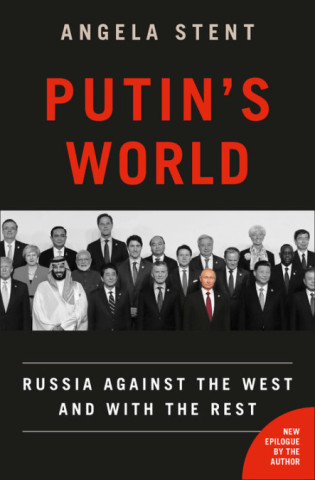
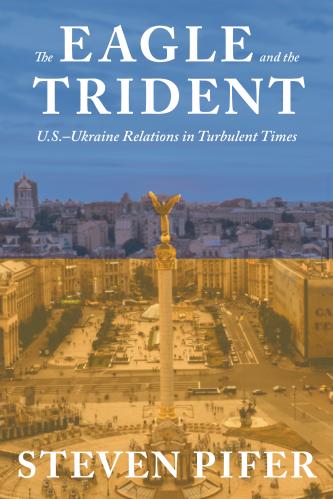
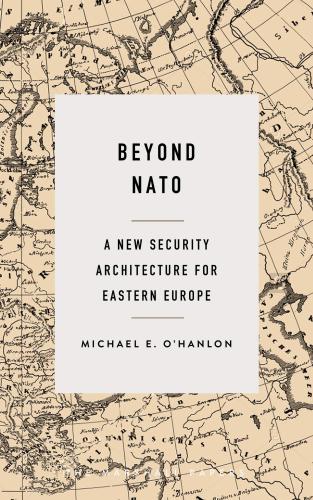

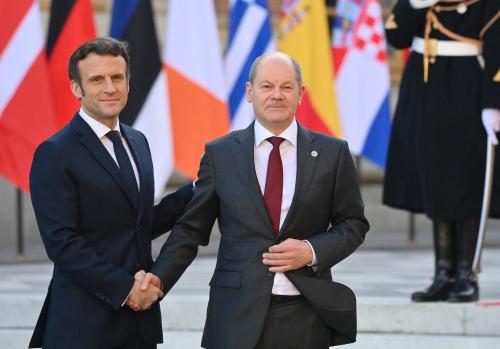
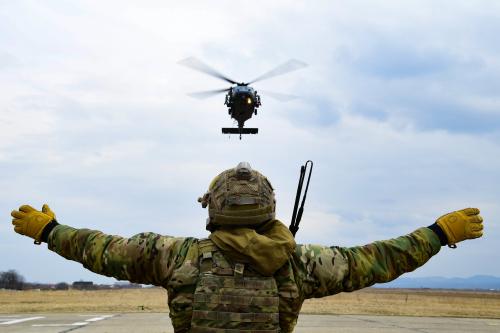

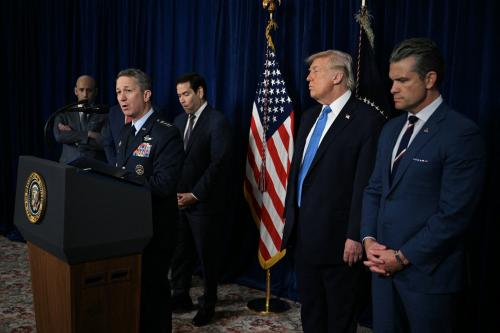
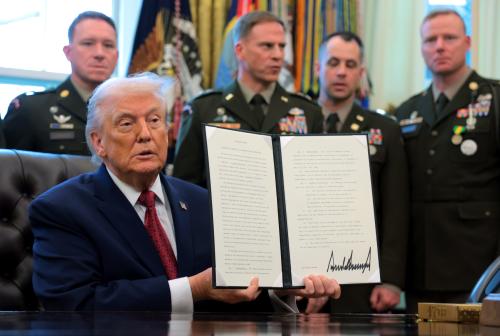

Commentary
Does media coverage influence Americans’ openness to imposing a no-fly zone over Ukraine?
April 8, 2022